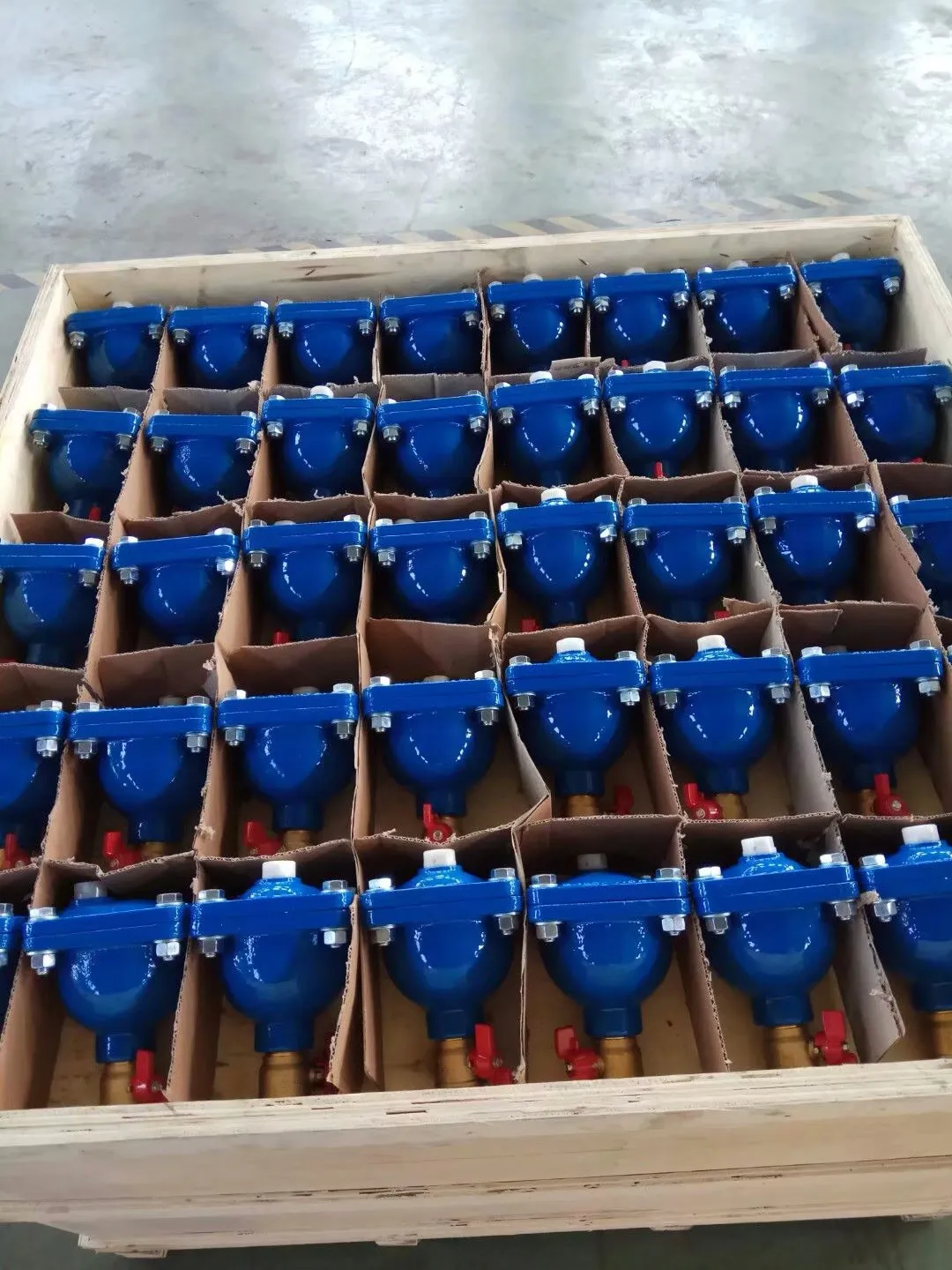Exploring the Design and Functionality of Cast Iron Manhole Covers in Urban Infrastructure
The Cast Iron Manhole Cover An Ingenious Urban Solution
In the bustling environments of our cities, underground utilities play a crucial role in maintaining the infrastructure that sustains our daily lives. One of the most ubiquitous elements of this infrastructure is the manhole cover. Often overlooked, these cast iron discs serve essential functions beyond merely covering access points to sewers, water lines, and electrical conduits. This article delves into the significance of cast iron manhole covers, exploring their design, manufacture, and their impact on urban environments.
Historical Context
The concept of the manhole cover dates back to the 19th century, coinciding with the rise of urbanization and the expansion of sewer systems in rapidly growing cities. Early covers were often made from wood or stone, but as the need for durability became paramount, cast iron emerged as the superior material. Its high tensile strength, resistance to corrosion, and ability to withstand heavy loads made cast iron the material of choice for manhole covers.
Design and Functionality
A standard cast iron manhole cover weighs between 90 and 150 pounds, depending on its size and the specific application for which it is designed. The cover must meet the standards set by various municipalities to ensure safety and reliability. Design considerations include the shape—typically round, which prevents it from falling into the manhole—and the weight, which keeps it securely in place while allowing for easy removal by maintenance workers.
Beyond their practical function, many manhole covers are designed with aesthetic considerations in mind. Local governments often commission covers that feature city emblems, artistic motifs, or historic symbols, turning a mundane object into a piece of public art. These designs can foster a sense of community identity, beautifying urban spaces that are often seen as functional but lacking in visual appeal.
Economic Impact
cast manhole cover

The production of cast iron manhole covers also has significant economic implications. The manufacturing process begins with the melting of iron, which is then poured into molds to create the covers. This production can be labor-intensive and requires significant energy resources, but primarily involves local foundries. Thus, a demand for these covers supports not only local jobs but also the supply chain of materials and services associated with their production.
Environmental Considerations
In recent years, environmental concerns have prompted the exploration of alternative materials for manhole covers, such as composite materials that can reduce weight and improve ease of handling. However, cast iron still holds an edge when it comes to durability and longevity. Additionally, efforts are being made to recycle old iron covers and repurpose them, thereby reducing waste and conserving resources. Innovative recycling initiatives and sustainable manufacturing practices are now reshaping how cities manage their infrastructure while minimizing their environmental footprint.
Safety and Urban Design
Safety is another critical aspect of manhole cover design. Covers that are poorly fitted or damaged pose hazards to pedestrians and vehicles alike. Consequently, urban planners must prioritize regular inspections and maintenance. In high-traffic areas, more robust designs, including innovative locking mechanisms, are employed to prevent theft and ensure safety.
Moreover, manhole covers play a vital role in urban design. They can contribute to the overall functionality and aesthetics of city streets, where effective drainage systems are essential for preventing flooding during heavy rainfall. Their placement can influence traffic patterns, and when integrated with landscaping and public art, they can enhance the urban experience for both residents and visitors.
Conclusion
The humble cast iron manhole cover may often go unnoticed in the urban landscape, but its presence is integral to the functionality and safety of city infrastructure. From its historical significance to its modern-day implications for urban design and environmental sustainability, the manhole cover represents a perfect fusion of engineering, art, and civic responsibility. As urban areas continue to evolve, so too will the designs and functions of these essential elements, ensuring they remain a vital part of our cities’ lifelines for years to come.
-
The Essential Component for Safe Urban InfrastructureNewsMay.14,2025
-
The Backbone of Urban InfrastructureNewsMay.14,2025
-
Practical and Stylish Solutions for Your Drainage NeedsNewsMay.14,2025
-
Lamphole Frame and Cover: Essential for Urban InfrastructureNewsMay.14,2025
-
A Seamless and Aesthetic SolutionNewsMay.14,2025
-
A Must-Have for Safety and DurabilityNewsMay.14,2025
-
Pipe Repair Clamps: Your Ultimate Solution for Efficient RepairsNewsMay.09,2025
